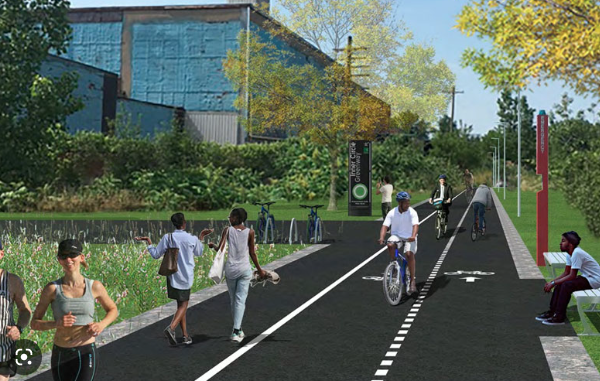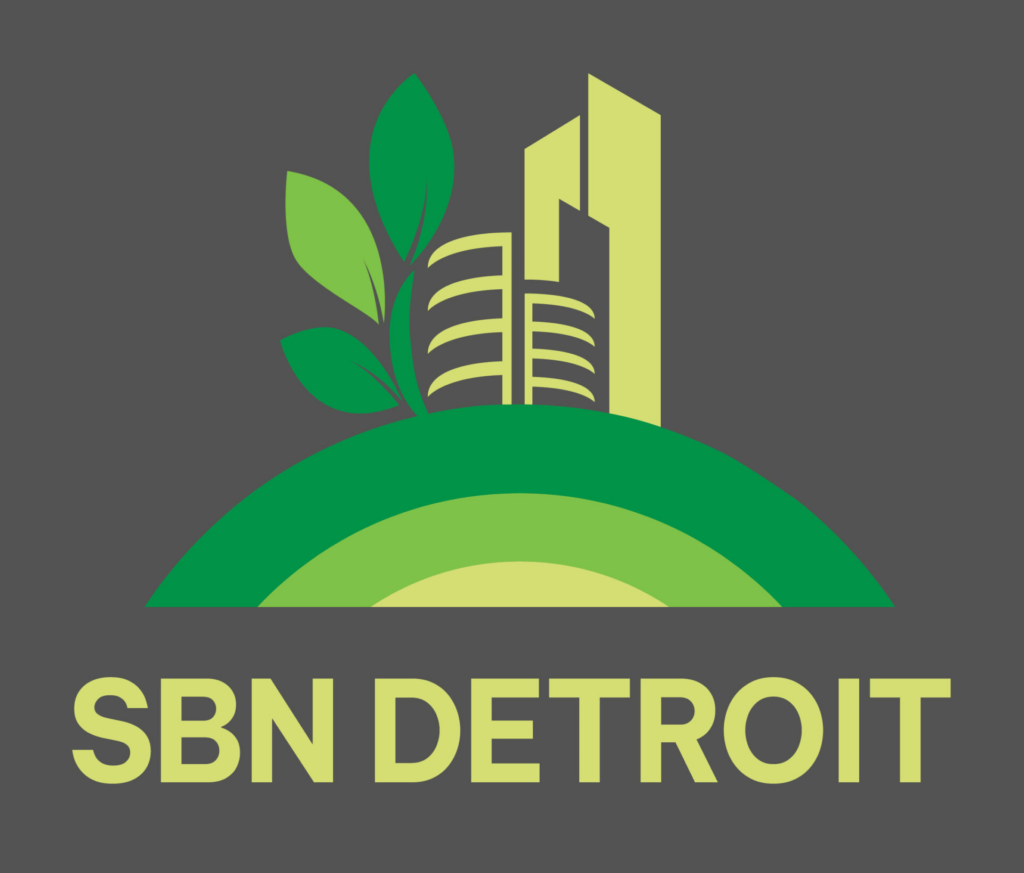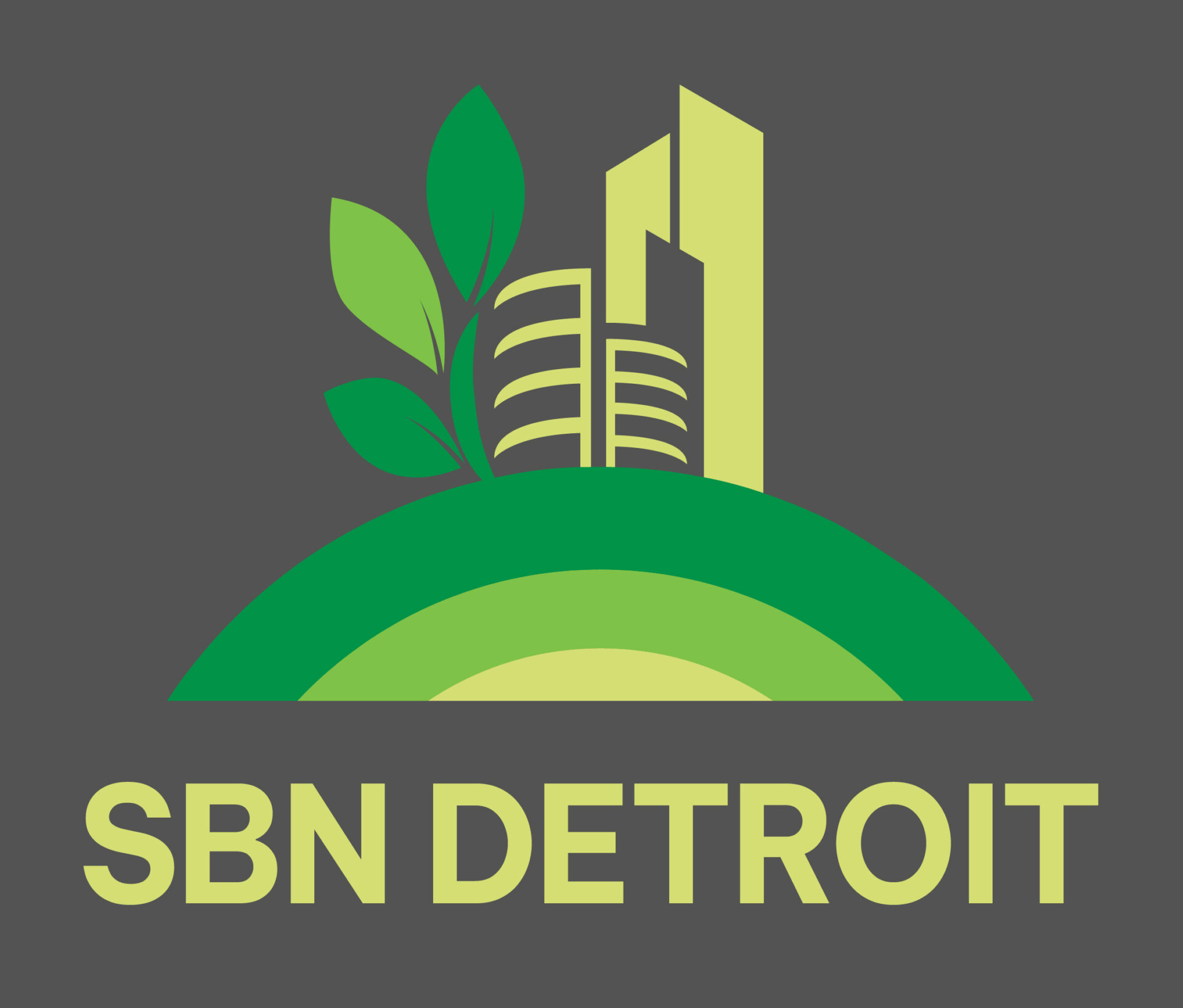Rethinking Water in a Changing Climate

Ann Arbor, Michigan-based LimnoTech is an environmental science and engineering firm with more than 50 years of experience with water-related issues. The firm works with public agencies, private industry, and nonprofit organizations to provide science-driven solutions to complex water challenges. SBN Detroit interviewed Brendan Cousino, PE, Principal and Senior Civil & Environmental Engineer at LimnoTech, to discuss the region’s most pressing water infrastructure challenges and where he sees the biggest opportunities for improvement. Q: What is the impetus behind LimnoTech? A: LimnoTech was founded by graduate students at the University of Michigan over 50 years ago. At the time, the country was just beginning to grapple with water pollution and how to treat contaminated waterways. This was also the early age of computing, and the founders began using computer-based modeling to better understand and solve environmental problems. Essentially, they were a crack team of water quality modeling experts who turned their research into a business that provides real-world environmental solutions. Q: With increasing climate variability, how do you approach designing water management solutions that are both adaptable and future-proof? A: To be future-proof, everything must be adaptable. We’re facing longer drought periods and increasingly intense rainfall events – sometimes in very short time frames. These extremes are becoming more common, and we’ve seen the consequences play out across Michigan. Our approach is to stay aligned with the latest climate science, evaluate the full range of projected conditions, and design infrastructure that can perform under both extremes. Q: What are some of the most pressing water-related challenges facing Southeast Michigan today, and how do they compare to other regions? A: Southeast Michigan is dealing with aging infrastructure systems that were built for historical conditions – not today’s climate realities. The recent Great Lakes Water Authority pipe break in Southwest Detroit is one example. Urban flooding and stormwater management are key issues, as is legacy pollution from our industrial past, compounded by new threats like microplastics, and PFAS. At the same time, Michigan is unique in its abundance of freshwater, much of it in relatively clean condition. That puts a responsibility on all of us to protect these globally significant resources. Q: Conversely, what are the biggest opportunities in Southeast Michigan for improvement and is there any low-hanging fruit? A: In many ways, we’ve already picked the low-hanging fruit. For example, our region has been ahead of the curve when it comes to combined sewer overflow treatment. Investments made in the ’90s and early 2000s, such as retention basins and treatment systems, have made a real difference in improving water quality in the region. Many of the pollutant sources in our stormwater are more broadly distributed. What’s next is being more strategic to plan infrastructure investment. We’re using better data and technology to monitor conditions. For example, we can now use robotics to inspect pipes so we don’t have to wait for them to fail, and real-time monitoring to inform operations during wet weather. That allows us to make smarter, targeted investments to prepare for changing conditions. Q: What innovative strategies or technologies are emerging to help cities like Detroit handle extreme weather events and stormwater management? A: Big data and real-time system operations are making a huge difference. With improved forecasting, operators can anticipate where rainfall is headed and adjust pump systems and treatment infrastructure in advance. We’re also using high-resolution 2D modeling to understand where water will accumulate during storms. That allows us to plan better and pinpoint risk areas. It’s transforming how we manage and design urban stormwater systems. Q: You worked extensively on the Ralph C. Wilson, Jr. Centennial Park on the Detroit riverfront. What specific water-related challenges did this project address, and how does it serve as a model for future waterfront development? A: The site had a number of infrastructure issues. There was legacy sediment contamination from industrial activity that had to be remediated to support a healthy aquatic ecosystem. The bulkheads along the river also were failing, creating dangerous sinkholes. We replaced those with new shoreline stabilization measures. We also incorporated aquatic habitat restoration into the project. The result is a world-class park that improves the riverfront for people while also addressing serious environmental concerns. It’s a great example of how community projects and infrastructure improvements can work hand in hand. Q: Infrastructure in Detroit is aging and often not designed for today’s environmental pressures. What are the biggest gaps in water infrastructure that need to be addressed, and what solutions exist? A: Much of the infrastructure was designed for storm conditions that were expected to occur once every 10 years. Now we’re seeing those types of storms almost every year, at least in some locations within the region. Our stormwater systems simply weren’t built to handle that level of intensity and frequency. The biggest gap is funding. Many systems are at or beyond their design life, but utilities don’t have the financial resources to replace them quickly. We need to identify failure points, understand what’s most vulnerable, and prioritize investment accordingly. Q: What role do community engagement and education play in developing effective climate resilience projects? A: Community engagement is a core part of most projects we work on. It’s essential that the infrastructure improvements we make actually serve the people who live there. When communities have a voice in the design process, the outcomes are better. Education also is key. Whether it’s installing a rain barrel, planting native species, or simply understanding how the stormwater system works, individual actions can add up. If we can manage even the first half inch of rainfall before it enters the storm system, we reduce the reliance on aging infrastructure. Q: Looking ahead, what do you see as the biggest opportunities for improving climate resilience and sustainable water management in the next decade? A: One major opportunity is the shift we’re seeing from purely regulatory compliance to voluntary corporate action. Many of our corporate clients are taking the initiative to reduce their water impacts. That’s a
Joe Louis Greenway Project Aims to Transform Abandoned Rail Corridor into 27.5-Mile Recreational Pathway

The Joe Louis Greenway is a 27.5-mile pathway that will connect 23 neighborhoods and the cities of Detroit, Hamtramck, Highland Park, and Dearborn to each other and to the Detroit riverfront, Dequindre Cut, Belle Isle, pedestrian/cyclist crossings at the Ambassador and Gordie Howe International bridges, and other trails. Upon completion, more than 40,000 residents will be able to walk to the greenway within 10 minutes. The project is based on a Framework Plan funded by the Ralph C. Wilson, Jr. Foundation and shaped by voices from the community. The General Services Department team led 14 community meetings and attended more than 40 other events and meetings to gather feedback from residents to create the plan. The project is being recognized for its focus on inclusion, and for bringing a wide range of voices to the table while fostering citizen advocacy and activism. In October, The American Planning Association awarded the 2022 Advancing Diversity and Social Change in Honor of Paul Davidoff Award to the project. The greenway has received significant state and federal funding. And earlier this month, the city of Detroit, Detroit Riverfront Conservancy, and Joe Louis Greenway Partnership announced the Unified Greenway Partnership, an alliance that will raise funds to complete the Detroit Riverfront from Belle Isle to the Ambassador Bridge, build the Joe Louis Greenway around the city, and endow both projects for long-term management. SBN Detroit spoke to Brad Dick, COO for the City of Detroit, about inclusion, the use of space for social justice, and the greenway’s potential impact on area businesses and new business development. Q: There is a significant amount of funding from different entities coming in for the greenway. What are your thoughts on the ‘investment in urban spaces’ and the implications this has on small businesses in the area, as well as the opportunities this represents for new business development? A: The Joe Louis Greenway (JLG) is a historic investment across multiple cities and neighborhoods, including Detroit, Highland Park, Hamtramck, and Dearborn. The greenway will transform a blighted, abandoned rail corridor into a beautiful park running through Detroiters’ backyards. To date, the project has removed more than 68,000 cubic yards of debris (which could fill 22 Olympic-sized swimming pools) and nearly 23,000 old, illegally dumped tires from the area, and is investing in permanent infrastructure and beautification that enhances the quality of life and provides equitable access to public resources. Investment in urban spaces brings communities together and provides economic opportunities for local entrepreneurs and businesses to grow and expand, creating jobs, and economic growth, as well as wealth-building opportunities for our residents along the greenway itself and in adjacent communities. Our goal is to make this greenway a destination, which will attract people from all over the region, creating a strong market for existing and new small businesses. The greenway will also provide safe routes, and comfortable connections for both employees and business owners to get to work. Q: How has this project established itself as a model for neighborhood stabilization and for addressing community-based issues as it pertains to social justice? A: Residents have been at the core of the planning process for the Joe Louis Greenway, and hundreds of Detroiters attended community meetings held as part of the Joe Louis Greenway Framework Plan. The Joe Louis Greenway Citizen Advisory Council helped guide the planning process and continues to advocate for the Greenway. The group of dedicated individuals that guided the Framework Plan represented all seven of Detroit’s Council Districts, as well as residents of Highland Park, Dearborn, and Hamtramck, which also touch the Greenway. Joe Louis worked tirelessly to advocate for the rights of Black Americans and to promote social justice in the United States. The Greenway is more than a tribute to his legacy. It celebrates Joe Louis as a role model and as someone whose values can guide this project and the Detroiters it brings together. Q: What are the equitable economic development benefits of this project? A: The JLG is about access – including access to opportunity. Intentional planning, outreach, and action will create economic opportunity for residents in every neighborhood that the Joe Louis Greenway touches. The economic development benefits will include blight reduction and beautification, housing stabilization, preservation of affordable housing, job training, and career opportunities, existing and new small business support, and light industrial development opportunities. The Neighborhood Planning Study, led by Planning and Development Department, will continue the dialogue with the community and focus on opportunities for community and economic development along the Greenway. Q: How will the Neighborhood Planning Study support social justice as well as economic and business/job opportunities? A: As Mayor Mike Duggan has said, the impact of this greenway will extend far beyond the boundaries of the path itself, creating opportunities for Detroiters to thrive. When complete, the greenway will generate jobs and affordable housing opportunities, and ease mobility barriers that have challenged Detroiters for decades. It also will help Detroiters build generational wealth for homeowners by increasing their property values through the beautification and economic investment that the greenway will bring to their neighborhood. Throughout the planning process, residents voiced a need to heal long-standing urban trauma, particularly concerning urban renewal that ultimately displaced Black residents who called those neighborhoods home and whose businesses were torn down. By acknowledging that past trauma, promoting dialogue, and providing new opportunities for healing, the greenway can be a place where Detroiters advance a better understanding of racial justice. Q: How is the greenway helping to build a more sustainable Detroit? A: The design of the greenway incorporates stormwater management to reduce flooding impacts, native meadow plantings to provide bird habitat, and trees throughout to provide shade and help with air quality. Sustainability, however, goes much further than just the environment. This project will impact many facets of sustainability, including public health, economic development, neighborhood stabilization, park access, and connectivity. The Framework Plan ensures that the Joe Louis Greenway will transform the infrastructure that previously divided neighborhoods into one that unites community and reconnects natural systems, catalyzes economic redevelopment, and supports a resilient social network. The


